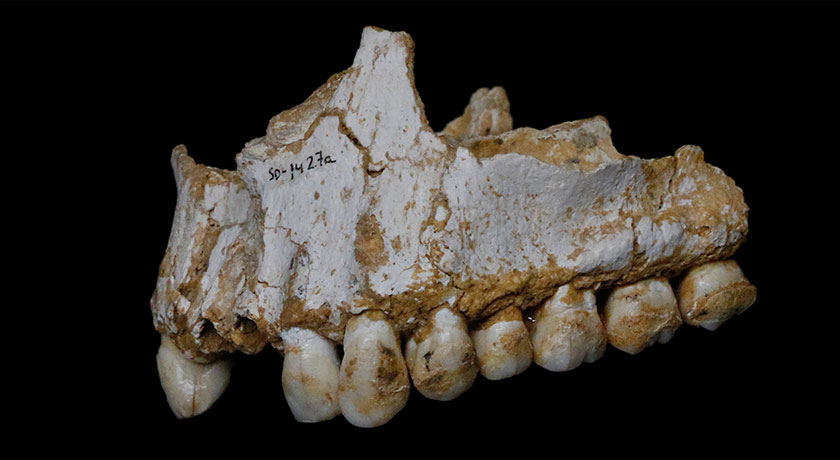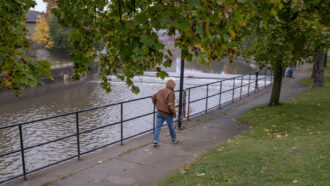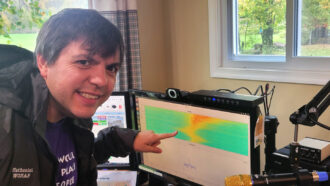abscess A pocket of pus caused by some infection.
antibiotic A germ-killing substance, usually prescribed as a medicine (or sometimes as a feed additive to promote the growth of livestock). It does not work against viruses.
aspirin A common non-prescription drug, also known as acetylsalicylic acid. For more than a century, it has been widely used to treat headaches, joint pain, muscle pain, toothaches and more. It also reduces fevers and inflammation. Ancient papyrus texts indicate that as long as 5,000 years ago, the Sumerians and Egyptians were using willow bark (the source of aspirin’s active ingredient) to treat aches and pains.
bacterial Having to do with bacteria, single-celled organisms.
cavity (in dentistry) a tiny hole in a tooth that develops over time. Cavities are more likely to happen when a person eats a lot of sugar or does not brush and floss regularly. Dentists refer to these as caries.
colleague Someone who works with another; a co-worker or team member.
diarrhea (adj. diarrheal) Loose, watery stool (feces) that can be a symptom of many types of microbial infections affecting the gut.
diet The foods and liquids ingested by an animal to provide the nutrition it needs to grow and maintain health.
DNA (short for deoxyribonucleic acid) A long, double-stranded and spiral-shaped molecule inside most living cells that carries genetic instructions. It is built on a backbone of phosphorus, oxygen, and carbon atoms. In all living things, from plants and animals to microbes, these instructions tell cells which molecules to make.
erode Gradual removal of soil or stone, caused by the flow of water or the movement of winds. Some chemicals, such as acids, may do the same thing to various minerals.
fossil Any preserved remains or traces of ancient life. There are many different types of fossils: The bones and other body parts of dinosaurs are called “body fossils.” Things like footprints are called “trace fossils.” Even specimens of dinosaur poop are fossils. The process of forming fossils is called fossilization.
genetic Having to do with chromosomes, DNA and the genes contained within DNA. The field of science dealing with these biological instructions is known as genetics.
genome The complete set of genes or genetic material in a cell or an organism.
germ Any one-celled microorganism, such as a bacterium, fungal species or virus particle. Some germs cause disease. Others can promote the health of higher-order organisms, including birds and mammals. The health effects of most germs, however, remain unknown.
infection A disease that can spread from one organism to another. It’s usually caused by some sort of germ.
microbe Short for microorganism. A living thing that is too small to see with the unaided eye, including bacteria.
microbiology The study of microorganisms, principally bacteria, fungi and viruses. Scientists who study microbes and the infections they can cause or ways that they can interact with their environment are known as microbiologists.
Neandertal A species (Homo neanderthalensis) that lived in Europe and parts of Asia from about 200,000 years ago to roughly 28,000 years ago.
penicillin The first antibiotic (although not the first one used on people), it’s a natural product that comes from a mold. In 1928, Alexander Fleming, a British scientist, discovered that it could kill certain bacteria. He would later share the 1945 Nobel Prize in Medicine for this discovery.
plaque (in dental medicine) A biofilm, or community of bacterial species, that grows on teeth and other surfaces in the mouth.
salicylic acid The main ingredient in a widely used pain reliever known as aspirin. It's a colorless crystalline compound that tends to reduce inflammation. It takes its name from Salix, the Latin word for willow, a tree whose bark makes this compound. This same compound can also be derived from several other plant sources.
species A group of similar organisms capable of producing offspring that can survive and reproduce.
spectrum (plural: spectra) A range of related things that appear in some order.








